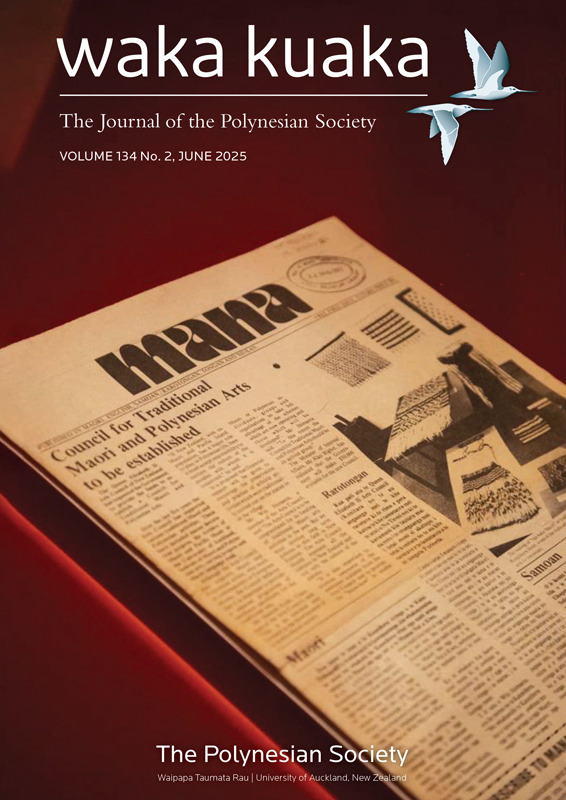The problem of wild plants: Archaeobotany in Aotearoa New Zealand
Keywords:
Māori plant use, microbotanical analysis, palaeoethnobotany, wild plant exploitationAbstract
The arrival of humans in Aotearoa New Zealand in mid-to-late 1200 CE saw the introduction of a tropical horticultural lifestyle to a novel, temperate, diverse continental environment. What followed was a marriage of traditional East Polynesian horticultural subsistence practice with the exploitation of a wide array of novel wild resources—including native plants. Mātauranga Māori (Māori Indigenous knowledge) speaks extensively about the role of native plants in Māori society—not only as food but as components of cultural practices such as weaving, building, carving, medicine, ornamentation, tattooing and more. While many studies have examined the exploitation of native animal resources in Aotearoa, native plants have received significantly less attention. The increasing use of microbotanical techniques have helped make botanical remains more accessible, yet research into native plants has remained limited, with tropical Polynesian cultivars such as taro (Colocasia esculenta) and kūmara (sweet potato; Ipomoea batatas) remaining the focus of research. This study explores the reasons why native plants have remained so overlooked in archaeobotanical research in Aotearoa, reviewing the practical, social and theoretical factors that have contributed to the select focus on exotic cultivars and the low level of research into native plants, highlighting why this oversight is damaging to the understanding of the wider relationship between Māori and the environment, and finally exploring what steps can be taken to reframe the position of native plants in research and bring them back into the spotlight.
Additional Files
Published
How to Cite
Issue
Section
License
Copyright © 2025 by the Polynesian Society (Inc.)
Apart from any fair dealing for the purposes of private study, research, criticism, or review, as permitted under the Copyright Act, no part of this publication may be reproduced by any process without written permission.
Inquiries should be made to:
Dr Marcia Leenen-Young, Editor
The Polynesian Society
c/o School of Māori and Pacific Studies
The University of Auckland
Private Bag 92019, Auckland
New Zealand
email: m.leenen@auckland.ac.nz


